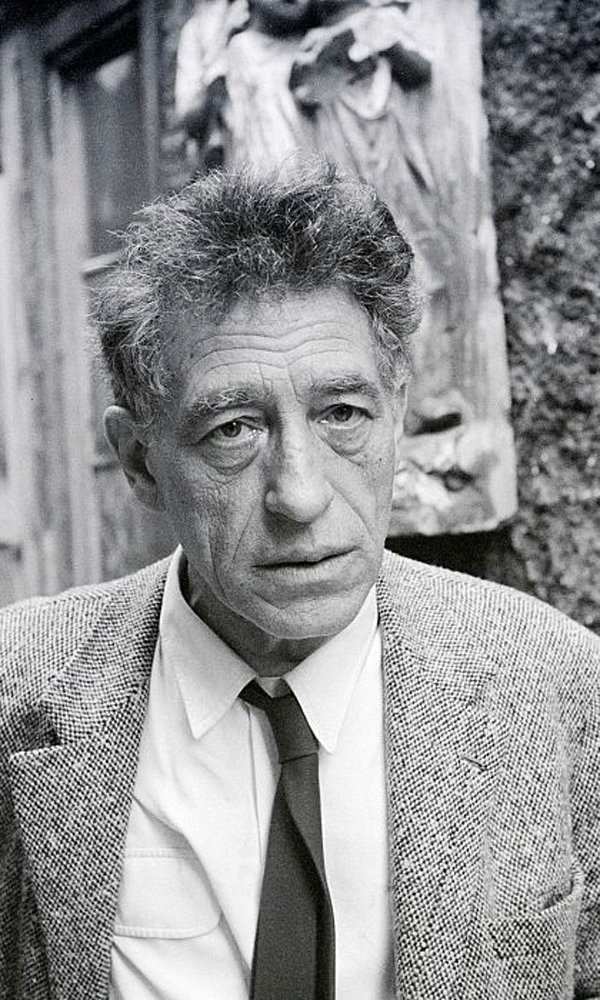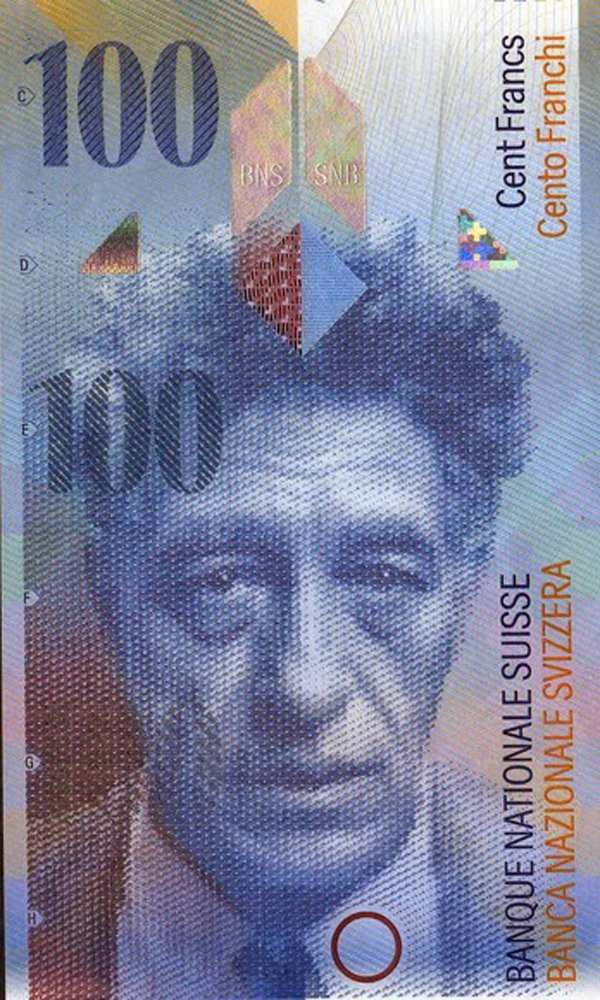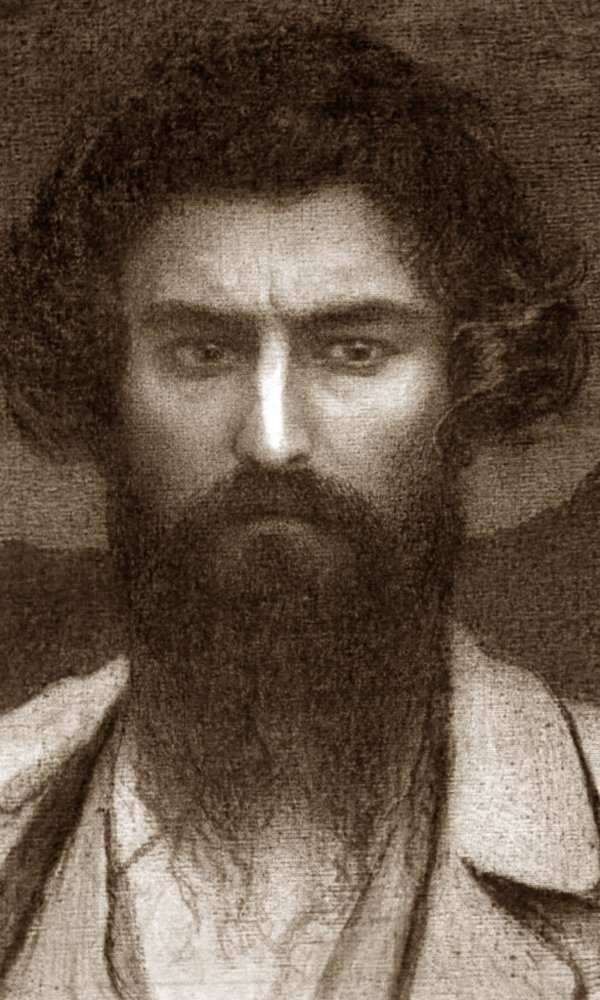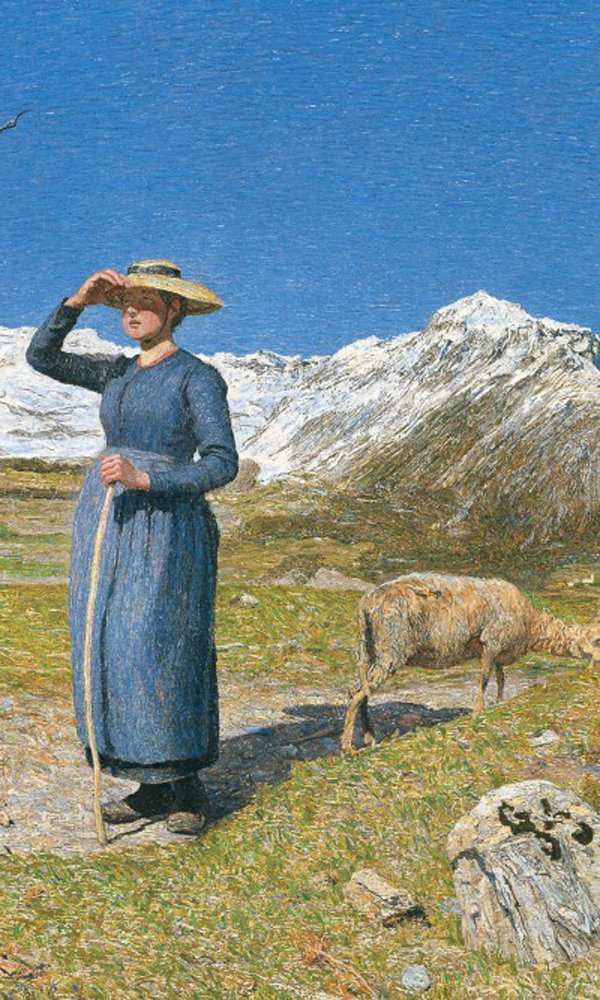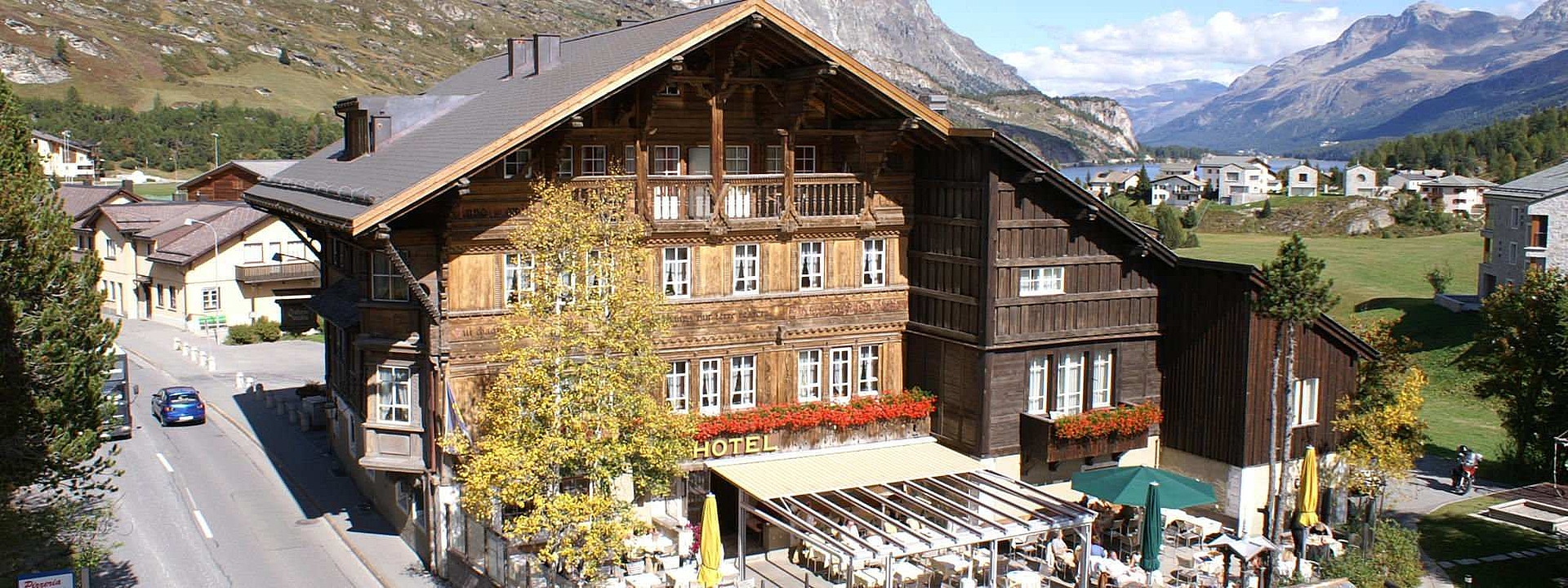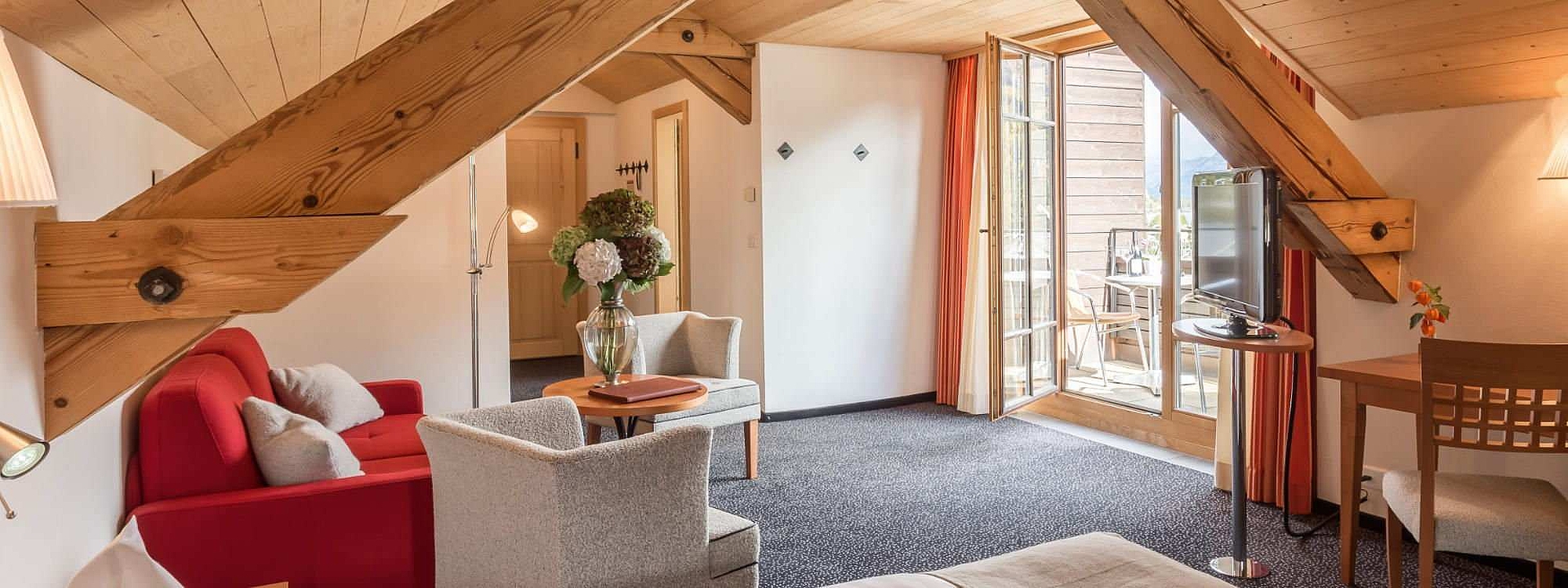Artists in Maloja
Alberto Giacometti
10 October 1901 - 11 January 1966
2016 was the commemorative year of the 50th anniversary of Alberto Giacometti's death
Giacometti was born in Borgonovo, now part of the Swiss municipality of Stampa, near the Italian border.
The family had a summer house in Maloja. His father, Giovanni Giacometti, was a painter.
Alberto attended the School of Fine Arts in Geneva. In 1922, he moved to Paris to study under the sculptor Antoine Bourdelle,
an associate of Auguste Rodin. It was there that Giacometti experimented with cubism and surrealism and came to be regarded as one of the leading surrealist sculptors.
Among his associates were Joan Miró, Max Ernst, Pablo Picasso and Balthus.
Between 1936 and 1940, Giacometti concentrated his sculpting on the human head, focusing on the sitter's gaze. He preferred models he was close to,
his brother and the artist Isabel Delmer. This was followed by a unique artistic phase in which his statues of Isabel became stretched out; her limbs elongated.
Obsessed with creating his sculptures exactly as he envisaged through his unique view of reality, he often carved until they were as thin as nails and
reduced to the size of a pack of cigarettes, much to his consternation. A friend of his once said that if Giacometti decided to sculpt you,
"he would make your head look like the blade of a knife." After his marriage to Annette Arm, his tiny sculptures became larger, but the larger they grew, the thinner they became.
Giacometti said that the final result represented the sensation he felt when he looked at a woman.
His paintings underwent a parallel procedure. The figures appear isolated, are severely attenuated, and are the result of continuous reworking.
Subjects were frequently revisited: one of his favorite models was his younger brother Diego Giacometti. A third brother, Bruno Giacometti, was a Swiss architect.
Ferdinand Hodler and Giovanni Segantini are considered the most outstanding painter of the Swiss mountain landscape.
He enjoyed international recognition during his lifetime. He often symbolism in his paintings and was a meticulous observer of nature.
Giovanni Segantini
Curriculum Vitae
Born in 1858 in Arco (Trentino), Italy.
From 1865 to 1880, he lived in Milan and attended the art academy in Brera.
From 1880 to 1886, he lived with his family in Pusiano, a village between Como and Lecco.
In 1886, he moved to Savognin. His painting style developed into a kind of pointillism.
At the end of August 1894, Segantini moved to „Chalet Kuoni“ in Maloja. During this period, he got to know the painter Giovanni Giacometti.
A deep friendship and an artistic exchange developed. Segantini was dazzled by the natural landscapes of Engadin.
Here a fantastic idea was born. He wanted to create an Alpentriptychon, consisting of seven paintings, for the World Exhibition in Paris.
He could only finish three paintings. These are exhibited in the Segantini Museum in St. Moritz.
On 16 September 1899, he went to the cabin on top of Schafberg mountain in Pontresina. There, he wanted to complete the painting “La Natura”.
However, at age 41, he died there. His body was brought back to Maloja, where he was laid to rest in the cemetery.
Sentiero Segantini
Maloja's Sentiero Segantini (Segantini trail) offers a unique opportunity to become better acquainted with the painter's works onsite.
Giovanni Segantini's realistic renderings of the landscape, combined with period photographs, have assisted in determining the precise location of his paintings.
The fascination of Segantini's works is even more compelling on location, as one can reflect on how he incorporated his symbolic elements into the scenery.
Perfect examples of this combination of realism and symbolism are "Death" 2,4, 3, "Return to the Homeland" 3,9 or "Vanity" 10, 8.
The first segment of the trail leads from Casa Segantini 1, 5 to Chiesa Bianca 8, 11.
Two interpretive panels can be found at the of "My Studio" 6, 13. station, Photographs here show that Segantini also painted two works of the triptych
"La Natura" 2 and "La Vita" 1, in the open air in the countyside (see the Pavilion Studio exhibition 1). These paintings were not painted in Maloja.
The second segment of the trail also begins at the Casa Segantini 1,5 and leads beyond the Studio up to the Torre Belvedere 9, 6, 12.
The Tower's history is linked to the Belgian Count Camille de Renesse, who built the Maloja Palace Hotel 10 around 1880. Nearby,
is the glacier mill 10 that served as "the mirror" to naked Vanity in the symbolist work, "La Vanità" 8. This tour can be extended at will.
In addition to breathtaking views of Engadin and Bergell, this area offers a great variety of geological and botanical points of interest.
At Capolago, at the far end of the trail 11, 12, two interpretive panels are displayed. One shows Giovanni Segantini's "Spring Pasture",
the other shows Giovanni Giacometti's "View of Maloja" 10. The two artists met in 1894 and remained friends up to Segantini's death in 1899
(also see Station 8, Chiesa Bianca with Giovanni Giacometti's painting, "Segantini on his Deathbed".)
